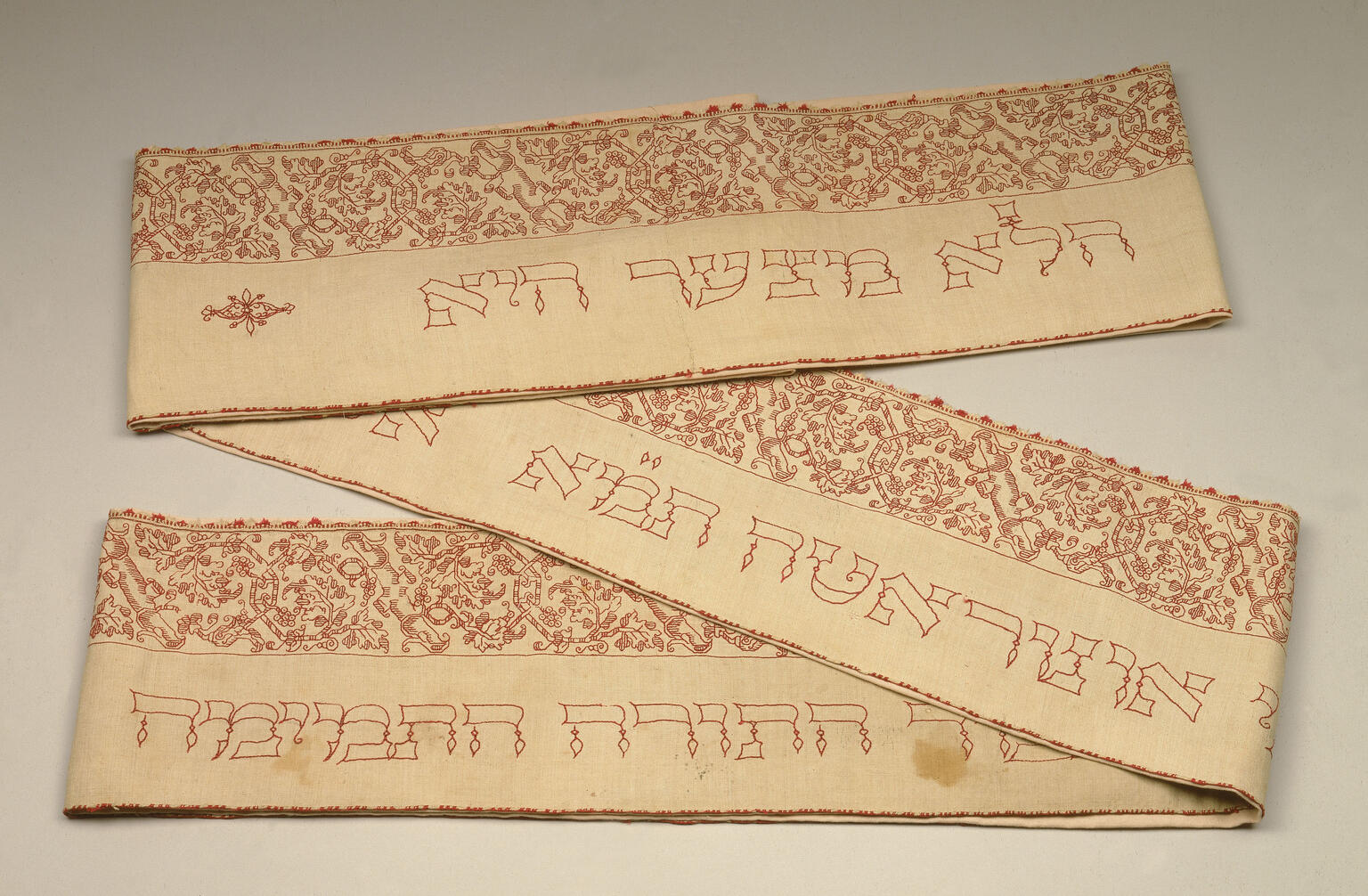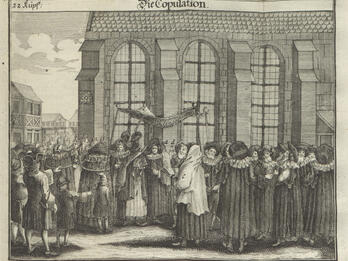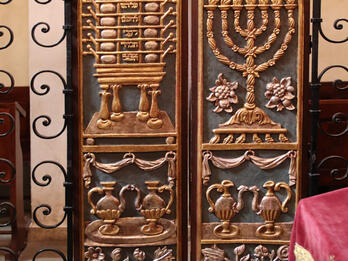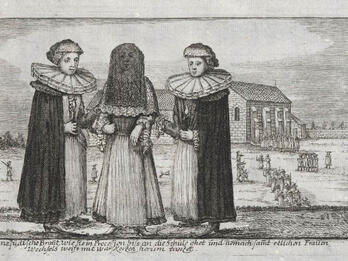Torah Binder (Italy)
This Torah binder is one of the earliest examples from Italy. The binder (also known as a wimpel) was intended to accompany the male child through his lifetime, through the stages of his circumcision, bar mitzvah, and wedding. Unlike Ashkenazic Torah binders, which featured pictorial elements of scenes and symbols, those crafted by Sephardic Jews in Italy and Turkey were decorated with floral motifs, probably copied from printed pattern books, which started to appear in the fifteenth century. This Torah binder was embroidered by Honorata Foa, as attested to by an inscription: “In honor of the pure Torah, my hand raised an offering, I, Honorata . . . wife of . . . Samuel Foa . . . , it is such a little one (Genesis 19:20), the year 5343 (=1582/3).”
Credits
Gift of Dr. Harry G. Friedman / The Jewish Museum, New York.
Published in: The Posen Library of Jewish Culture and Civilization, vol. 5.







